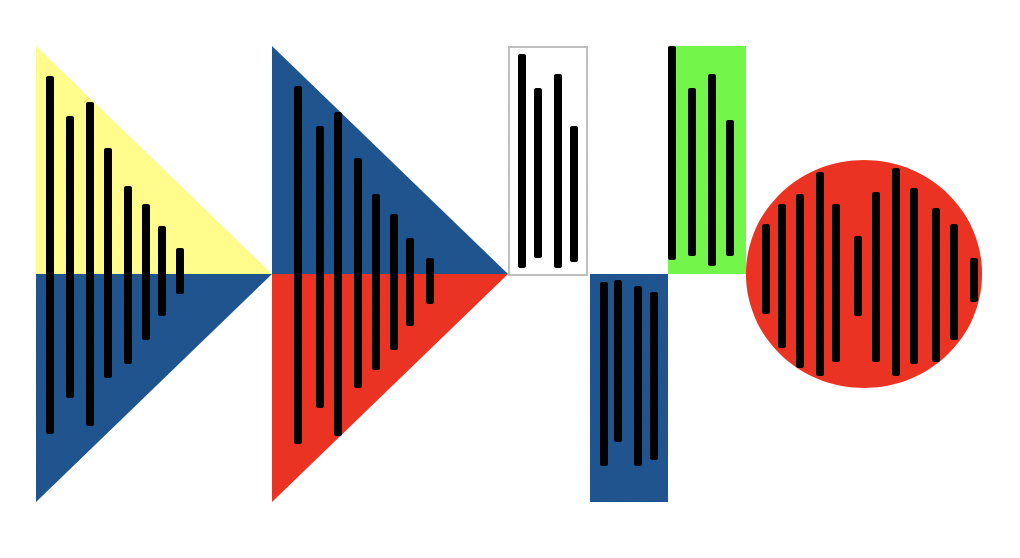SonicFunc
Sound design methods for the digital society
Investigating sound function, aesthetics and interaction in media production to create effective sonic interaction design for everyday life

Sound design is the process of creating non-speech audio to make an intention audible. Designed sounds communicate, broadly, two types of intention: function and form. The sound of a car door being shut, for example, tells us simultaneously that the door is now shut (function), and what kind of car (expensive, old) we are listening to (form). This information needs to be clearly heard and correctly interpreted for the design to be considered successful. Unlike music and speech research, sound design research is in its infancy.
The aim of this project is to develop new sound design methods that thrive off, and contribute to, better communication in a society filled with interactive objects, internet of things infrastructures, and novel digitally-based media.
Our sound design methods are based on an analysis of historical and contemporary sound design practice across media production as well as state-of-the-art computing methods.
We apply our methods to case studies related to sustainability where sound design is used to communicate information about air pollution, energy consumption and more.
Team
Sandra Pauletto, Principal Investigator
Rod Selfridge, Post-Doc
Funding agency
KTH MID faculty funding
Related publications
Pauletto, S., et al. "From Foley professional practice to Sonic Interaction Design: initial research conducted within the Radio Sound Studio Project." Nordic Sound and Music Computing Conference. 2021.
Selfridge, R., and Pauletto, S. "Investigating the Sound Design Process." Nordic Sound and Music Computing. 2021.
S. Pauletto, "Embodied Knowledge in Foley Artistry," in The Routledge Companion to Screen Music and Sound, : Routledge, 2017, p. 338.
F. Keenan and S. Pauletto, "Listening Back: Exploring the Sonic Interactions at the Heart of Historical Sound Effects Performance," The New Soundtrack, vol. 7, no. 1, pp. 15-30, 2017.
B. P. Walus, S. Pauletto and A. Mason-Jones, "Sonification and music as support to the communication of alcohol-related health risks to young people. Study design and results," Journal on Multimodal User Interfaces, vol. 10, no. 3, pp. 235-246, 2016.
S. Pauletto, "Film and theatre-based approaches for sonic interaction design," Digital Creativity, vol. 25, no. 1, pp. 15-26, 2014.
S. Pauletto, "The sound design of cinematic voices," The New Soundtrack, vol. 2, no. 2, pp. 127-142, 2012.
S. Pauletto et al., "Integrating theatrical strategies into sonic interaction design," in Proceedings of Audio Mostly 2009 - A Conference on Interaction with Sound, 2009, pp. 77-82.
Guest Edited Journal Special Issues
Pauletto, S., Cambridge, H. and Susini, P., Guest Editors, Special Issue: Data Sonification and Sound Design in Interactive Systems, 85(1) International Journal of Human Computer Studies, Elsevier, January 2016.
Pauletto, S., Guest Editor, Special Issue: Perspectives on Sound Design, The New Soundtrack Journal, Vol: 4, Issue: 2. September 2014.
Organised Symposia and Conferences
2014, SoniHED - Conference on Sonification of Health and Environmental Data, University of York
https://www.york.ac.uk/c2d2/seminars/sonihed/
2013, Symposium: Perspectives on Sound Design, University of York
https://www.york.ac.uk/tfti/news-events/events/2013/symposium-sound-design/
2009, Sonic Interaction Design and its relation to Film and Theatre sound design, University of York